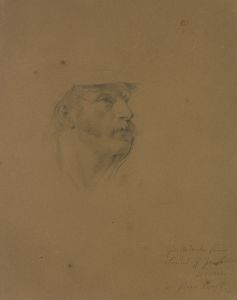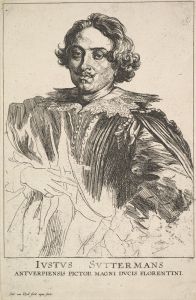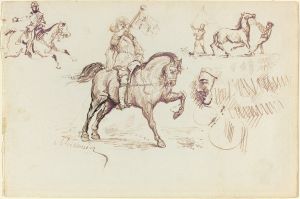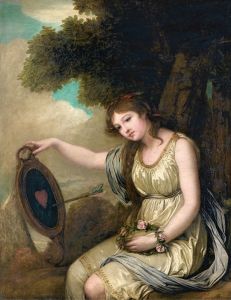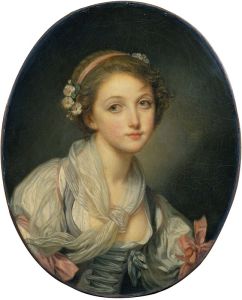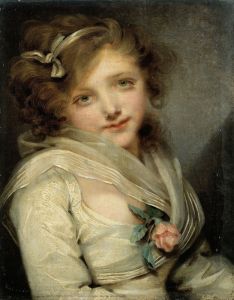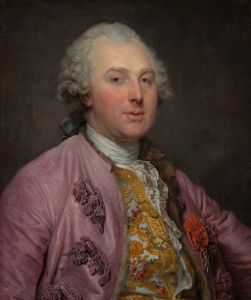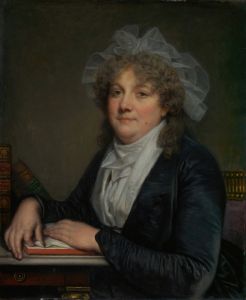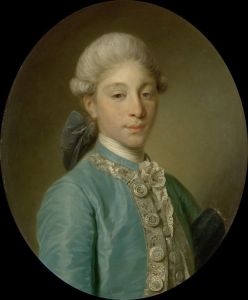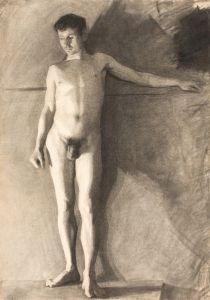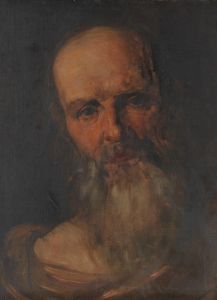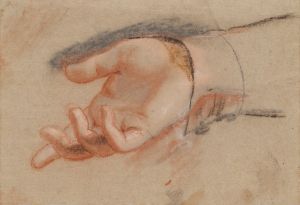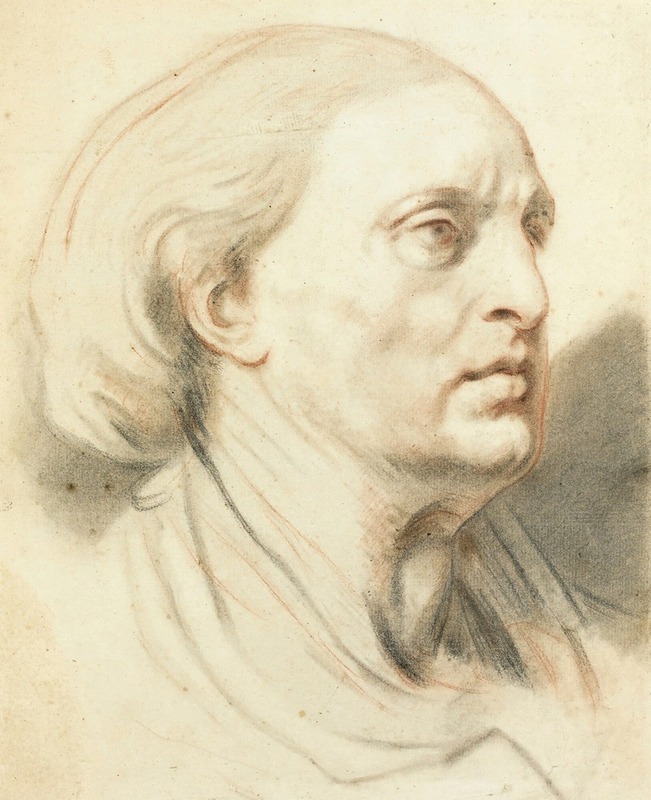
Study Of A Man’s Head
A hand-painted replica of Jean-Baptiste Greuze’s masterpiece Study Of A Man’s Head, meticulously crafted by professional artists to capture the true essence of the original. Each piece is created with museum-quality canvas and rare mineral pigments, carefully painted by experienced artists with delicate brushstrokes and rich, layered colors to perfectly recreate the texture of the original artwork. Unlike machine-printed reproductions, this hand-painted version brings the painting to life, infused with the artist’s emotions and skill in every stroke. Whether for personal collection or home decoration, it instantly elevates the artistic atmosphere of any space.
Jean-Baptiste Greuze was an 18th-century French painter known for his genre scenes and portraits. One of his notable works is "Study of a Man’s Head," which exemplifies his skill in capturing human emotion and character through portraiture. Greuze was born on August 21, 1725, in Tournus, France, and he gained prominence in the art world during the Rococo period, a time characterized by ornate and decorative art. However, Greuze's work often diverged from the frivolity of Rococo, focusing instead on more serious and moralistic themes.
"Study of a Man’s Head" is a testament to Greuze's ability to convey depth and realism in his portraits. The painting is a study, meaning it was likely created as a preparatory work or an exercise in capturing the nuances of human expression. Such studies were common among artists of the time as they honed their skills in rendering the human form and face. Greuze's attention to detail and his ability to depict the subtleties of light and shadow are evident in this work.
The painting features the head of a man, depicted with a high degree of realism. Greuze's use of chiaroscuro, the contrast between light and dark, adds a three-dimensional quality to the man's features, highlighting the contours of his face. The expression on the man's face is contemplative, suggesting a moment of introspection or thoughtfulness. This focus on capturing the inner life of his subjects was a hallmark of Greuze's portraiture.
Greuze's work was well-received during his lifetime, and he was particularly popular among the French bourgeoisie, who appreciated his ability to infuse his paintings with moral and emotional depth. His portraits often went beyond mere likeness, aiming to reveal the character and soul of the sitter. "Study of a Man’s Head" is an example of this approach, as it invites viewers to ponder the thoughts and emotions of the subject.
In addition to his portraits, Greuze was known for his genre paintings, which depicted scenes of everyday life imbued with moral lessons. His work often reflected the values and concerns of the Enlightenment, a period that emphasized reason, individualism, and a questioning of traditional authority. Greuze's paintings frequently explored themes of familial duty, virtue, and the consequences of moral failings.
Despite his success, Greuze's reputation declined towards the end of his life, as the art world shifted towards Neoclassicism and Romanticism. However, his contributions to portraiture and his ability to capture the human condition have ensured his place in art history. "Study of a Man’s Head" remains a valuable example of his skill and artistic vision.
Today, Greuze's works can be found in major museums and collections around the world, where they continue to be studied and appreciated for their technical mastery and emotional resonance. "Study of a Man’s Head," like many of his other works, serves as a reminder of the enduring power of portraiture to connect viewers with the humanity of its subjects.





